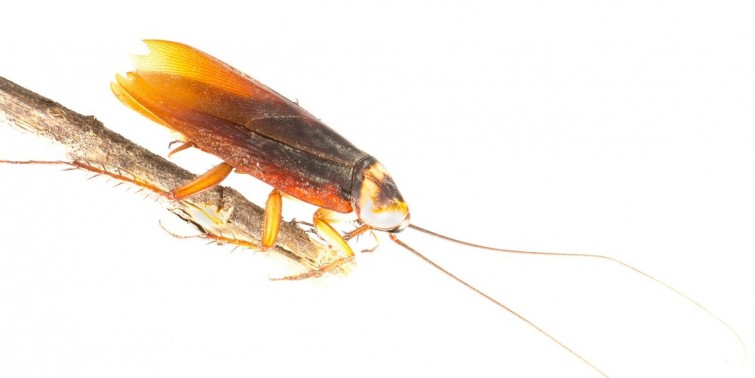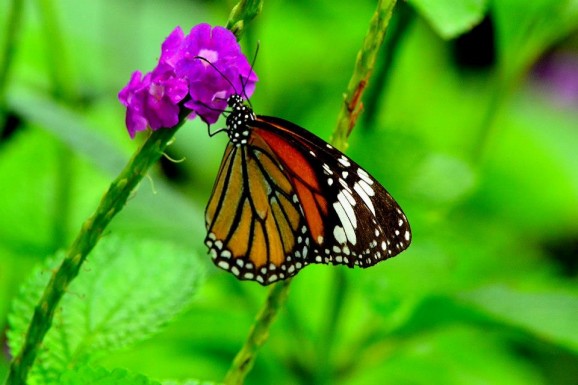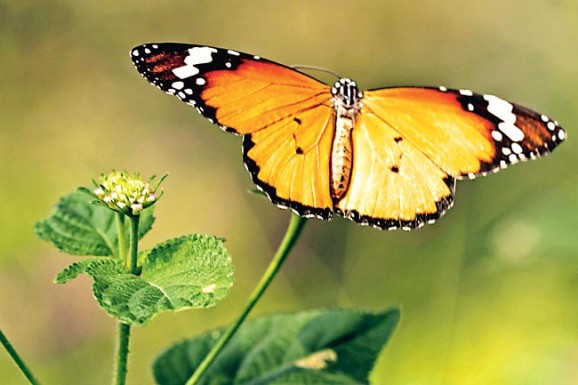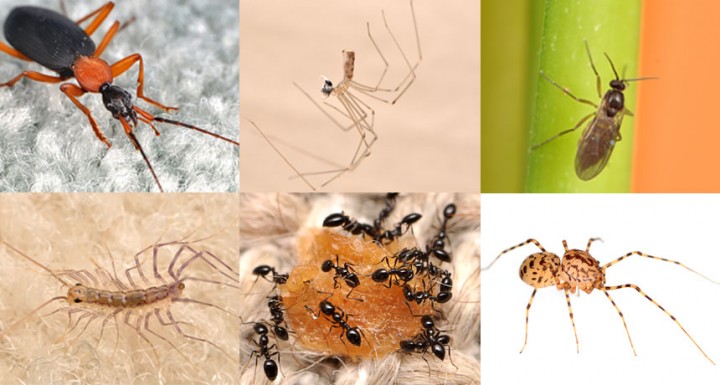Two joys of New York City summers apparently combine to create a third: heat and cockroaches lead to flying cockroaches.
An article in DNAInfo reveals one more reason why so many people flee the city in the sultry month of August. The outlet spoke to American Museum of Natural History’s resident bug expert, Louis Sorkin, who said that as heat indexes rise, American cockroaches “have more use of their muscles.” Namely, heat inspires the roaches to flex the muscles of their normally inactive little wings.
“The more activity, the more flight,” said Sorkin.
The American cockroach has long found a very comfortable home in the Big Apple, with its abundance of garbage and dark crevices. And while the city’s human population has been wilting under a nearly week-long heat wave, abandoning outdoor parks and sidewalks for the shelter of air-conditioned apartments, cockroaches have come to life.
Ken Schumann, an entomologist at Bell Environmental Services, told DNAInfo that “In hot steam tunnels, something with the temperature and the humidity encourages them to fly. When it’s warm and steamy that seems to be what they like.”
While the thought of flying cockroaches is certainly enough to send a shiver down your spine, take heart. Schumann clarified that the insects don’t exactly take flight with the same ease as, say a robin or a butterfly. The cockroach’s flight is more of a descent from a high point to a low point.
“It’s almost like they just glide down,” Schumann told DNAInfo.
While the revelation of flying cockroaches may mean big business for the city’s exterminators, there’s little chance the insects will ever truly be tamed.
Cockroaches have been around for 300 million years. Their ability to adapt even allowed them to survive the mass extinction that wiped out the dinosaurs.
Source : www.seeker.com






